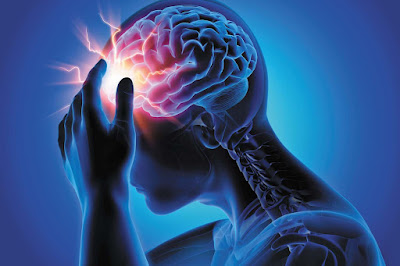Cluster headache (CH) is a relatively uncommon type of headache. The episode lasts 15 minutes to three hours and occurs on a daily or nearly daily basis for weeks or months. Cluster headache appears to be caused by the body's abrupt release of histamine (a chemical in the body released during an allergic reaction) or serotonin (a chemical produced by nerve cells) in the area of the trigeminal nerve in the face. A issue may be present in the hypothalamus, a small area at the base of the brain. Alcohol and cigarette smoking can cause cluster headaches, as can high altitudes, strong lights, exertion, heat, foods high in nitrite, some narcotics, and cocaine.
The global cluster headache market is anticipated to grow at a significant CAGR during the forecast period. Several therapeutic options are available in the market for the treatment of cluster headaches which is driving the cluster headache industry during the forecast period. However, all these treatments available can be acute or more preventative. The surgeries are more invasive options are reserved for difficult cases
Oxygen Treatment: In oxygen treatment, oxygen is administered for 15 minutes at a time by nasal cannula or face mask. This medication is considered the first line of treatment for cluster headaches in hospitals, and so accounts for a major portion of the cluster headache market. However, the main disadvantage of this treatment is its relative inaccessibility outside of hospitals or clinics because the patient would require specialised oxygen all of the time, which may have a negative impact on market growth.
Nerve Block: A fluid containing an anaesthetic and a corticosteroid is administered near the occipital nerve in this procedure. Because these occipital nerves go from the top of the spine onto the scalp, headache discomfort is relieved when their communication is disrupted. This treatment is intended primarily for the most severe chronic cluster patients. This treatment is only used to provide temporary comfort until longer-acting medications kick in.
Sphenopalatine Ganglion Stimulation: This approach is recently developed and is used for the extreme cases of chronic cluster headaches which will considerably drive the cluster headache market in the near future. The treatment involves surgically implanting a set of specialized electrodes on the sphenopalatine ganglion that is a region in the brain involved with pain processing. When patients activate these electrodes using a handheld controller a mild electric shock is delivered. This shock essentially scrambles messages from this region of the brain.



No comments:
Post a Comment